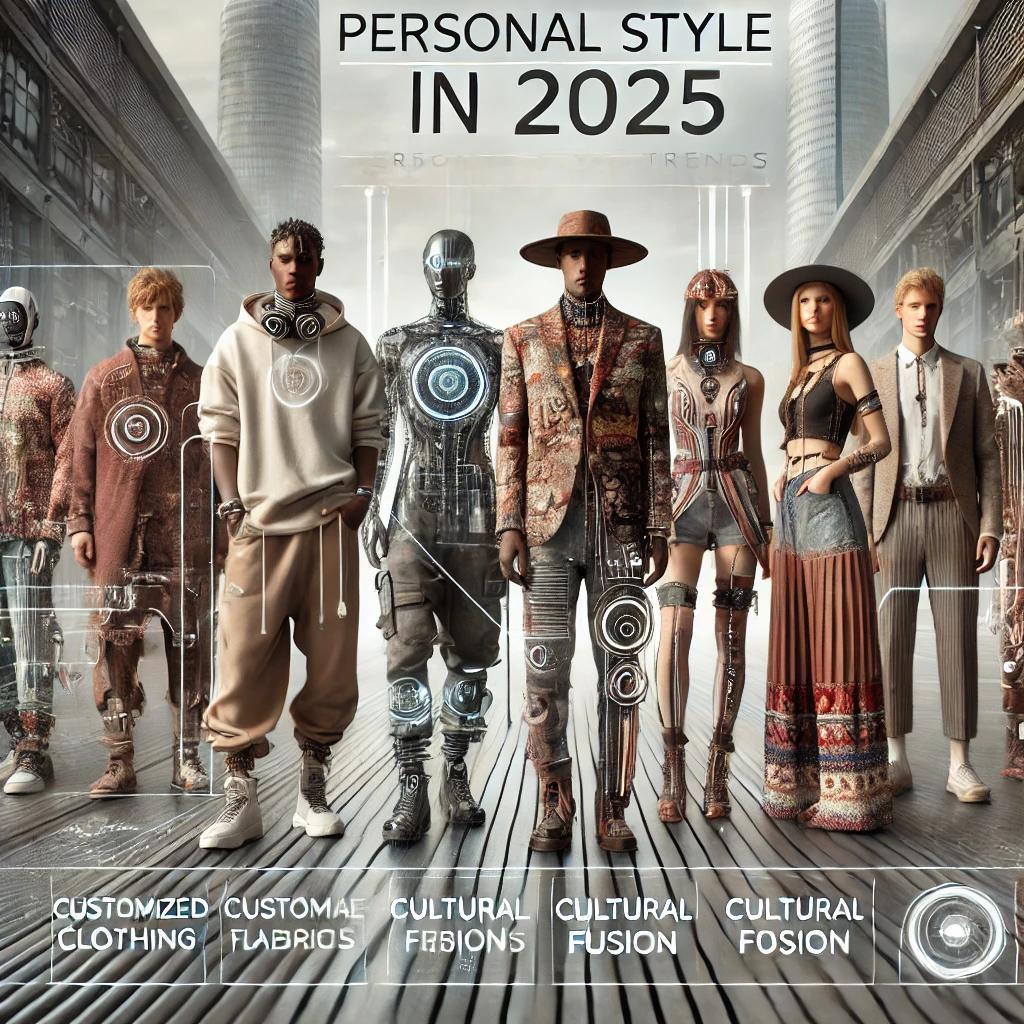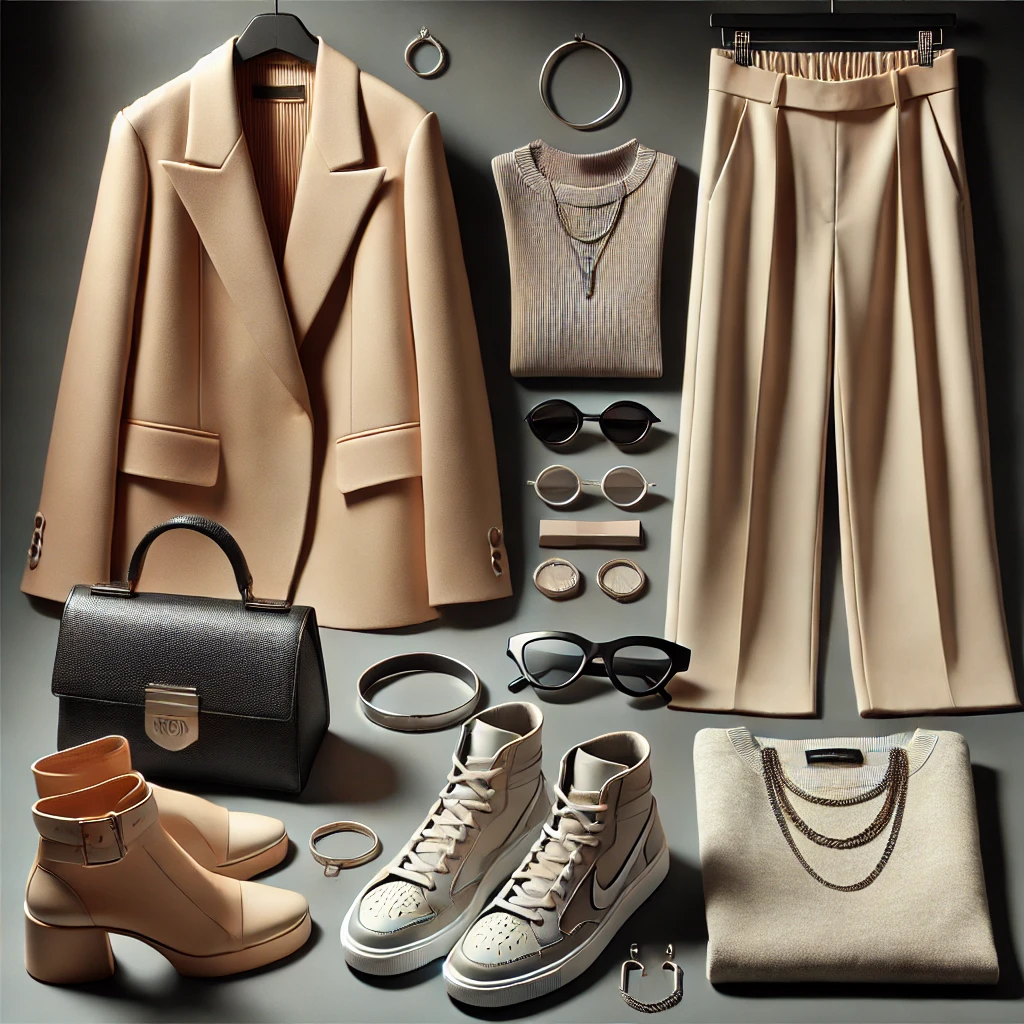Fashion is a dynamic force that reflects cultural shifts, technological advancements, and artistic expression. While different regions have their own distinct styles, globalization has blurred boundaries, allowing trends to spread rapidly worldwide. From the streets of Tokyo to the runways of Paris, fashion is constantly evolving, influenced by history, sustainability, and digital innovation.
In this blog, we’ll explore the biggest global fashion trends and how different cultures shape the industry today.
1. The Rise of Sustainable and Ethical Fashion
One of the most significant global trends is the shift towards sustainable and ethical fashion. Consumers are now more aware of their environmental impact and demand eco-friendly clothing.
Key Aspects of Sustainable Fashion:
- Eco-friendly fabrics: Brands are using organic cotton, hemp, and recycled materials.
- Slow fashion movement: More people are investing in high-quality, long-lasting pieces instead of fast fashion.
- Ethical production: Brands are focusing on fair wages, safe working conditions, and reducing waste.
Popular brands leading the way: Patagonia, Stella McCartney, and Reformation.
2. Streetwear’s Global Domination
Once an underground movement, streetwear has become a mainstream fashion phenomenon. Originating from skateboarding and hip-hop culture in the U.S., streetwear is now embraced worldwide.
Key Streetwear Trends:
- Oversized hoodies and graphic tees
- Sneakers as status symbols (Nike, Adidas, Yeezy)
- Crossbody bags and bucket hats
- Influence of K-pop and Japanese Harajuku fashion
Countries like South Korea, Japan, and the U.K. have played a huge role in shaping streetwear trends.
3. The Comeback of Y2K and Retro Styles
Fashion is cyclical, and the early 2000s (Y2K) aesthetic has made a strong comeback, especially among Gen Z. Think low-rise jeans, crop tops, and butterfly clips.
Other retro trends that are back:
- ’90s minimalism: Slip dresses, mom jeans, and monochrome looks.
- ’80s power dressing: Oversized blazers and shoulder pads.
- ’70s boho style: Flared pants, fringe jackets, and earthy tones.
Thanks to social media platforms like TikTok and Instagram, vintage trends spread faster than ever.
4. Gender-Neutral and Androgynous Fashion
The fashion industry is moving towards inclusivity, and gender-neutral clothing is gaining traction worldwide. Major brands are launching unisex collections, and traditional gender norms in fashion are fading.
Androgynous Fashion Trends:
- Oversized suits and blazers
- Neutral color palettes
- Fluid silhouettes
- Platform shoes and chunky boots
Brands like Gucci, Balenciaga, and Zara have embraced this trend, making fashion more inclusive.
5. High Fashion Meets Technology (Digital Fashion and NFTs)
Technology is revolutionizing fashion, from digital clothing to NFT fashion pieces.
How Technology is Influencing Fashion:
- Virtual Fashion Shows: Brands like Balenciaga and Gucci are hosting digital runway shows.
- NFT Clothing: Digital-only fashion items are being sold as NFTs for avatars in the metaverse.
- Smart Fabrics: Tech-integrated clothing, like self-heating jackets and LED dresses, is on the rise.
This futuristic trend is especially popular among younger, tech-savvy consumers.
6. Regional Fashion Influences Taking Over the World
While global trends dominate, local and cultural influences continue to shape fashion in unique ways.
Examples of Regional Fashion Trends:
- Korean Fashion (K-Fashion): Minimalist, oversized fits with a mix of streetwear and luxury.
- Scandinavian Style: Simple, neutral-toned clothing with an emphasis on sustainability.
- French Chic: Effortless elegance with tailored pieces, trench coats, and ballet flats.
- Indian Fusion Wear: Modern interpretations of sarees, lehengas, and Indo-Western outfits.
- African Prints & Textiles: Bold, colorful patterns in traditional and modern silhouettes.
Cultural diversity makes fashion more exciting, allowing people to blend influences from different parts of the world.
7. Athleisure: The Blend of Comfort and Style
Athleisure—a mix of athletic and casual wear—continues to dominate wardrobes globally.
Why Athleisure is Popular:
- Comfortable yet stylish
- Works for both workouts and everyday wear
- Celebrities and influencers promote it constantly
Brands like Lululemon, Nike, and Adidas are leading this movement, creating functional yet trendy sportswear.
8. The Influence of Social Media and Celebrity Fashion
Social media platforms like Instagram, TikTok, and Pinterest have changed how trends emerge.
Key Influencers of Fashion Trends:
- Celebrities: Rihanna, Zendaya, and Harry Styles set major trends.
- Influencers: Fashion bloggers and TikTok creators introduce new styles.
- Runway to Real Life: High-fashion looks are quickly adapted into everyday wear.
Online fashion challenges, viral trends, and influencer collaborations shape consumer choices more than ever.
9. The Rise of Modest Fashion
Modest fashion is gaining popularity, not just for religious reasons but also for its elegant, sophisticated appeal.
Elements of Modest Fashion:
- Maxi dresses and long skirts
- Loose-fitting silhouettes
- High-neck blouses and layering
Brands like Uniqlo and H&M now offer dedicated modest fashion collections.
10. Personalized and DIY Fashion Trends
Consumers are embracing personalized and DIY fashion to express individuality.
Ways People Customize Fashion:
- Thrift Flipping: Upcycling old clothes into trendy pieces.
- Handmade Accessories: Beaded jewelry, crochet tops, and embroidered denim.
- Custom Sneakers and Jackets: Painting or designing unique pieces.
This trend encourages sustainability and creativity while making fashion more personal.
Final Thoughts: The Future of Global Fashion Trends
Fashion is constantly evolving, with influences coming from all corners of the world. Whether it’s sustainable clothing, streetwear, or digital fashion, trends today are more diverse and inclusive than ever.
As technology and cultural exchanges continue to shape the industry, the future of fashion will likely be a blend of innovation, sustainability, and individuality.





